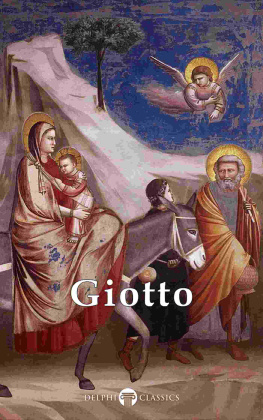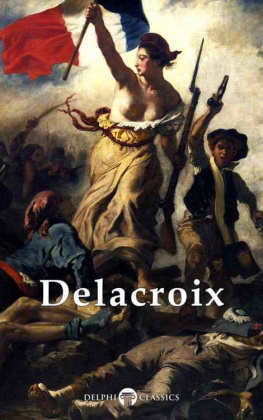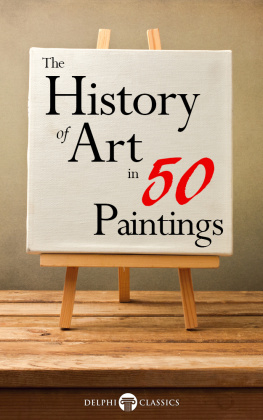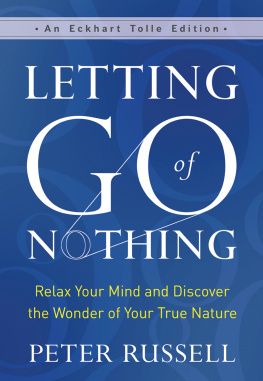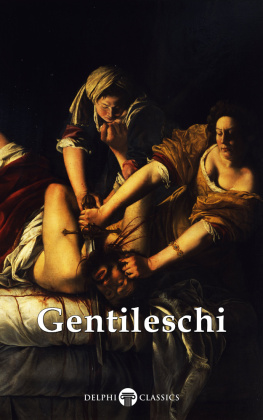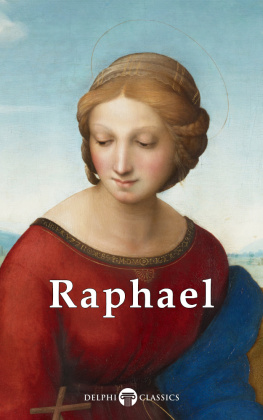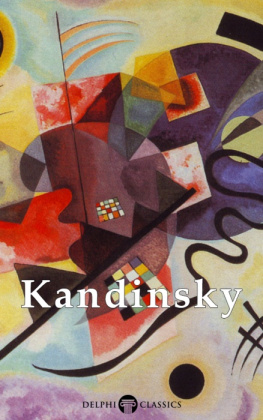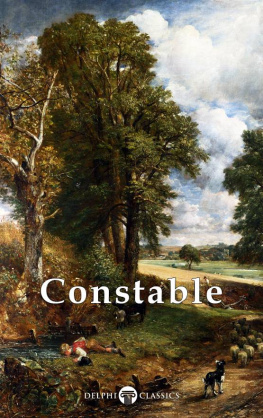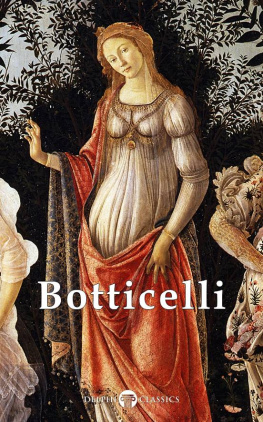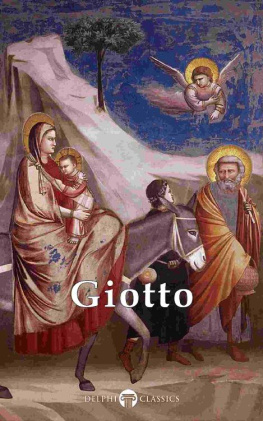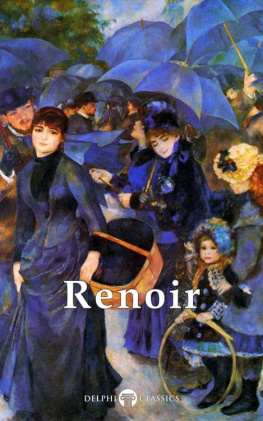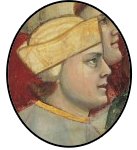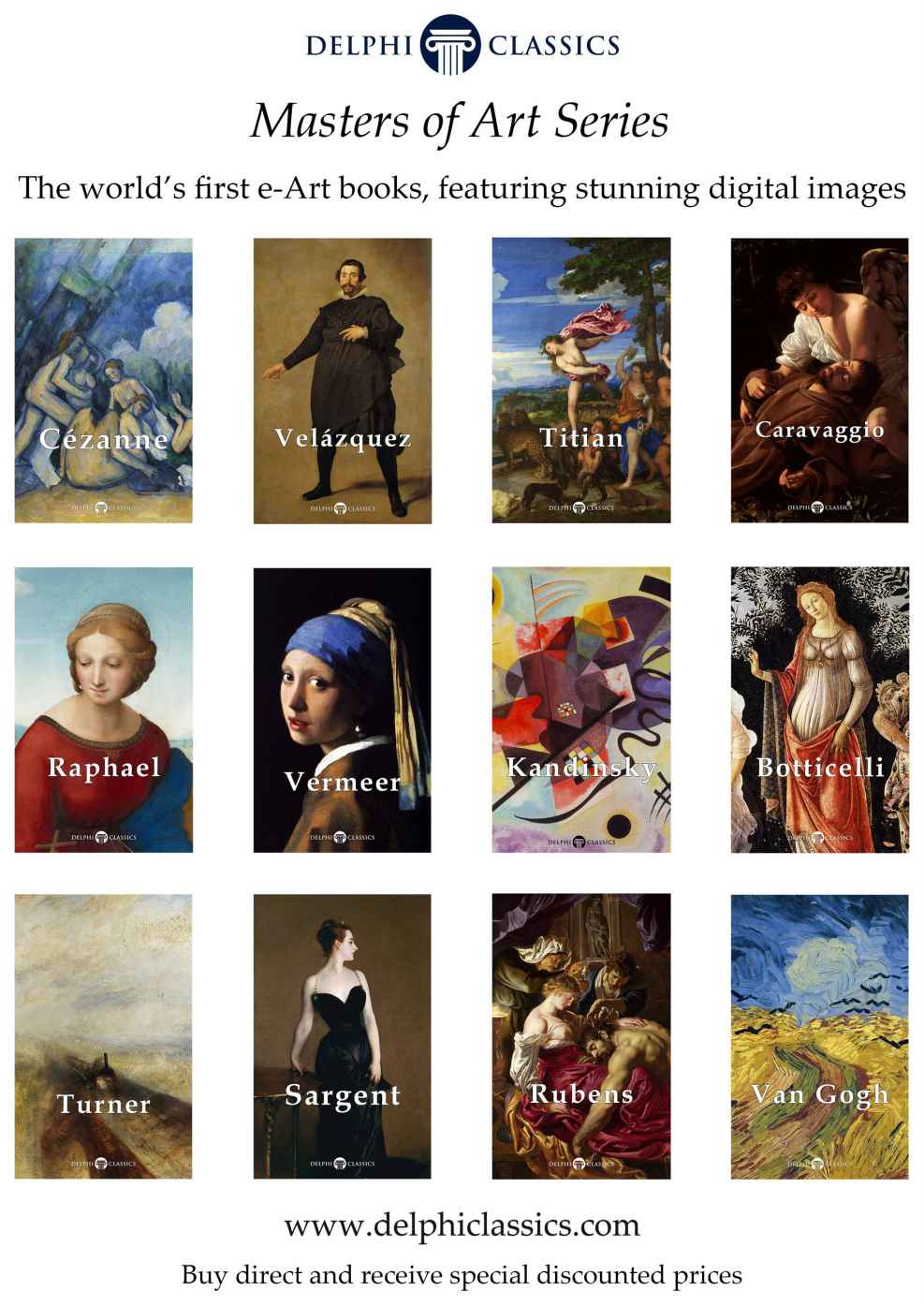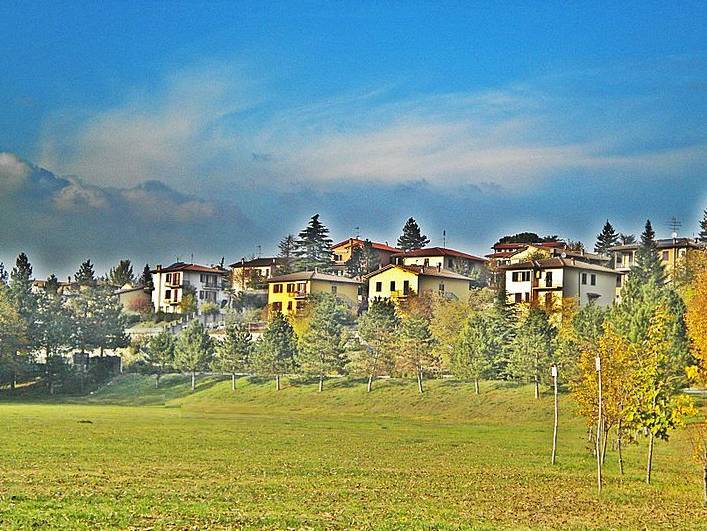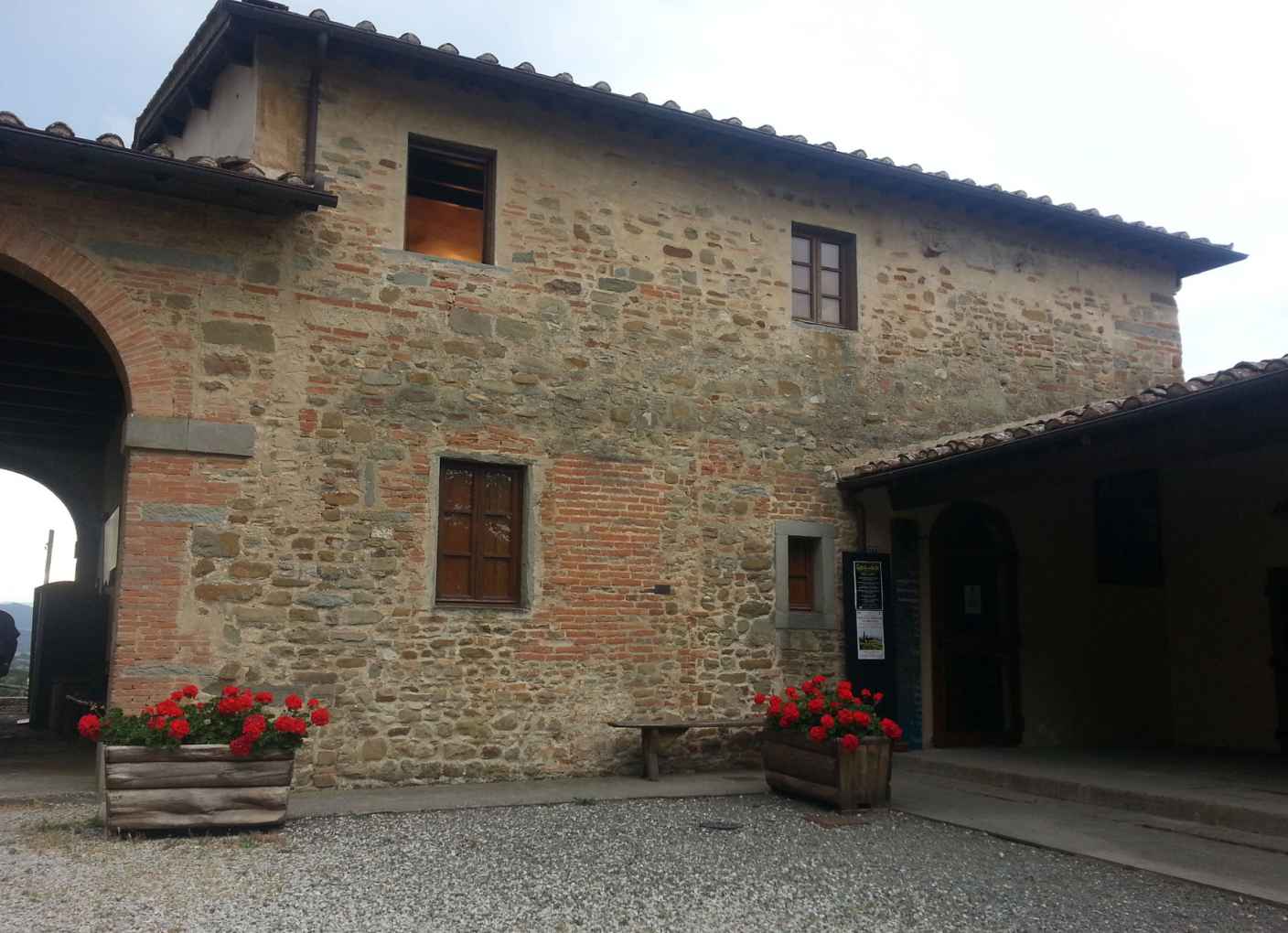Peter Russell - Delphi Complete Works of Giotto
Here you can read online Peter Russell - Delphi Complete Works of Giotto full text of the book (entire story) in english for free. Download pdf and epub, get meaning, cover and reviews about this ebook. year: 2016, publisher: Delphi Classics, genre: Detective and thriller. Description of the work, (preface) as well as reviews are available. Best literature library LitArk.com created for fans of good reading and offers a wide selection of genres:
Romance novel
Science fiction
Adventure
Detective
Science
History
Home and family
Prose
Art
Politics
Computer
Non-fiction
Religion
Business
Children
Humor
Choose a favorite category and find really read worthwhile books. Enjoy immersion in the world of imagination, feel the emotions of the characters or learn something new for yourself, make an fascinating discovery.
- Book:Delphi Complete Works of Giotto
- Author:
- Publisher:Delphi Classics
- Genre:
- Year:2016
- Rating:3 / 5
- Favourites:Add to favourites
- Your mark:
Delphi Complete Works of Giotto: summary, description and annotation
We offer to read an annotation, description, summary or preface (depends on what the author of the book "Delphi Complete Works of Giotto" wrote himself). If you haven't found the necessary information about the book — write in the comments, we will try to find it.
Revered as the father of European painting and the first of the great Italian masters, Giotto di Bondone was the leading Italian painter of the fourteenth century, whose pioneering works would lead on to the innovations and wonders of the High Renaissance. Delphis Masters of Art Series presents the worlds first digital e-Art books, allowing readers to explore the works of great artists in comprehensive detail. This volume presents Giottos complete works in beautiful detail, with concise introductions, hundreds of high quality images and the usual Delphi bonus material. (Version 1)
- The complete paintings of Giotto over 200 paintings, fully indexed and arranged in chronological and alphabetical order
- Includes reproductions of rare works
- Features a special Highlights section, with concise introductions to the masterpieces, giving valuable contextual information
- Enlarged Detail images, allowing you to explore Giottos celebrated works in detail, as featured in traditional art books
- Hundreds of images in stunning colour highly recommended for viewing on tablets and smart phones or as a valuable reference tool on more conventional eReaders
- Special chronological and alphabetical contents tables for the complete paintings
- Easily locate the paintings you want to view
- Features three bonus biographies - discover Giottos artistic and personal life
- Scholarly ordering of plates into chronological order
Please visit www.delphiclassics.com to browse through our range of exciting e-Art books
CONTENTS:
The Highlights
LIFE OF ST. FRANCIS Assisi, Upper Church
BADIA POLYPTYCH
CRUCIFIX OF RIMINI
SCENES FROM THE LIFE OF JOACHIM Padua, Arena Chapel
SCENES FROM THE LIFE OF THE VIRGIN Padua, Arena Chapel
SCENES FROM THE LIFE OF CHRIST Padua, Arena Chapel
VIRTUES AND VICES Padua, Arena Chapel
LAST JUDGMENT Padua, Arena Chapel
OGNISSANTI MADONNA
SCENES FROM THE LIFE OF MARY MAGDALEN Assisi, Lower Church
SCENES FROM THE LIFE OF CHRIST Assisi, Lower Church
SCENES FROM THE LIFE OF ST. FRANCIS Florence, Bardi Chapel
SCENES FROM THE LIFE OF JOHN THE BAPTIST Florence, Peruzzi Chapel
STEFANESCHI ALTARPIECE
MADONNA AND CHILD (WASHINGTON)
BOLOGNA POLYPTYCH
GIOTTOS CAMPANILE
The Paintings
THE COMPLETE PAINTINGS
ALPHABETICAL LIST OF PAINTINGS
The Biographies
GIOTTO by Giorgio Vasari
GIOTTO AND HIS WORKS IN PADUA by John Ruskin
GIOTTO by Harry Quilter
Please visit www.delphiclassics.com to browse through our range of exciting titles or to buy the whole Art series as a Super Set
Peter Russell: author's other books
Who wrote Delphi Complete Works of Giotto? Find out the surname, the name of the author of the book and a list of all author's works by series.

